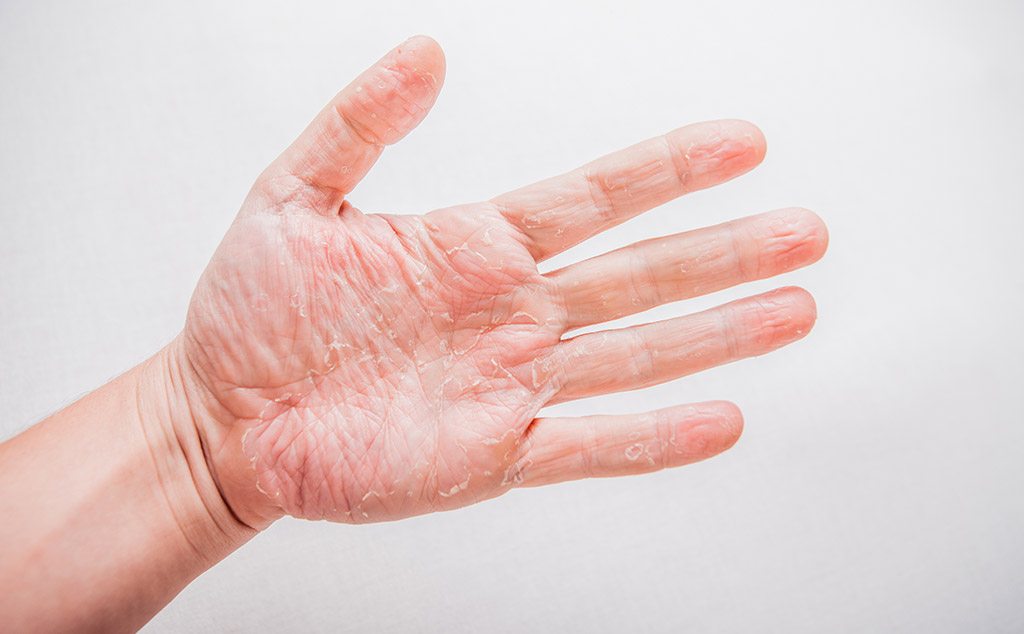Blood is the fundamental liquid that sustains life in humans and animals. It moves through the heart and blood vessels (arteries and veins), transporting to all the tissues of the body the elements they need to carry out their functions: nutrients, hormones, vitamins, antibodies, heat and oxygen.
Human blood is composed primarily of plasma and blood cells. Plasma represents 55% of the total volume and, in turn, is composed of water, proteins and inorganic salts.
The remaining 45% comprises red blood cells (erythrocytes), white blood cells (leukocytes), which save the body from bacterial and viral infections, and platelets, which prevent bleeding by promoting blood coagulation.
Blood amounts depend on gender, age, weight, and height. But in general, an adult has between 4.5 and 6 litres of blood, 7% of her weight.
What are red blood cells and haemoglobin?
Red blood cells, or erythrocytes, are blood cells produced in the bone marrow. Its function is to transport oxygen, as well as to remove carbon dioxide from peripheral tissues and expel it through the lung. Both oxygen and carbon dioxide circulates through the blood attached to haemoglobin, a protein found in red blood cells.
What is anaemia?
The term anaemia designates a set of symptoms and signs that occur due to lower red blood cells in the blood or a reduction in haemoglobin levels. When the body forms fewer red blood cells or the level of haemoglobin drops, it does not receive enough oxygen, and the symptoms of anaemia arise.
What types of anaemia are there?
There are many kinds of anaemia, as it can manifest as a haematological disease or a symptom of many other pathologies. Many of these signs are mild, short-lived and easily treated, while others are serious, last longer, and, if left untreated, can be fatal. Some of the types of anaemia are:
- Iron deficiency anaemia: occurs when some new body is not having enough iron to make healthy red blood cells and enough haemoglobin. In this condition, the body begins to use its iron reserves, which are depleted in a short time. Consequently, the body produces fewer red blood cells, and, in addition, these are smaller, so they contain less haemoglobin than necessary.
- Aplastic anaemia is a pathology that can be hereditary or acquired after birth and prevents producing enough red blood cells. Babies and children with it often require blood transfusions.
- Those types of anaemia in which, due to acquired or hereditary factors, the body destroys red blood cells too quickly. These include sickle cell anaemia, thalassemia, and hemolytic anaemia.
- Folic acid deficiency anaemia: Folic acid is necessary for forming and growing red blood cells, although the body cannot retain it in large quantities. This type of anaemia usually occurs in pregnant women, but it can also be due to other causes (alcoholism, not consuming fresh fruits and vegetables, or overcooking vegetables). The baby uses the mother’s scarce folate reserves during pregnancy to grow properly. If a pregnant mother is not given a folic acid supplement, she may become anaemic, and the child may have significant growth problems.
- Pernicious anaemia: Red blood cells decrease because the intestine cannot adequately absorb vitamin B12, which is necessary for its production, growth, and function. This type of anaemia appears when there are significant problems in the stomach or because our immune system affects the cells that produce intrinsic factors (essential to absorb vitamin B12).
- Sickle cell anaemia: it is anaemia with an important hereditary component. Haemoglobin is different, which causes the shape of red blood cells to change, which in turn causes them to be destroyed earlier and alter their transport function.
- Fanconi anaemia is a rare disease characteristic of childhood due to the appearance of anaemia, infectious and hemorrhagic episodes that are usually persistent and severe. All three blood cell series decrease simultaneously: red blood cells, white blood cells, and platelets.
Who is affected by anaemia?
Anaemia is a prevalent disease that can occur at any age. It is estimated that it affects 24.8% of the world population, according to data from the World Health Organization.
Both can suffer from it, but iron deficiency anaemia is the most common and occurs more in women of childbearing age.
What causes anaemia?
There are three leading causes of anaemia: blood loss, a lack or insufficient production of red blood cells, and an increase in the rate at which red blood cells are destroyed or lost:
- Blood loss. This blood loss may be due to menstrual periods, regular intake of medications such as aspirin or ibuprofen, bleeding from the digestive or urinary systems, Surgery, trauma, and cancer.
- Lack of red blood cell production. It can be caused by acquired situations such as a poor diet, abnormal concentrations of certain hormones (such as erythropoietin), pregnancy and diseases such as kidney failure, cancer or AIDS. It can also occur in hereditary diseases such as aplastic anaemia.
- Increased rate of destruction of red blood cells. An enlarged spleen or hereditary diseases such as sickle cell anaemia, thalassemia, and hemolytic anaemia are some of the possible causes. In the specific case of iron deficiency anaemia, the cause of the disease is iron deficiency, which, in turn, can be caused by blood loss, pregnancy, a diet poor in this mineral or illnesses that prevent iron absorption like celiac disease.


